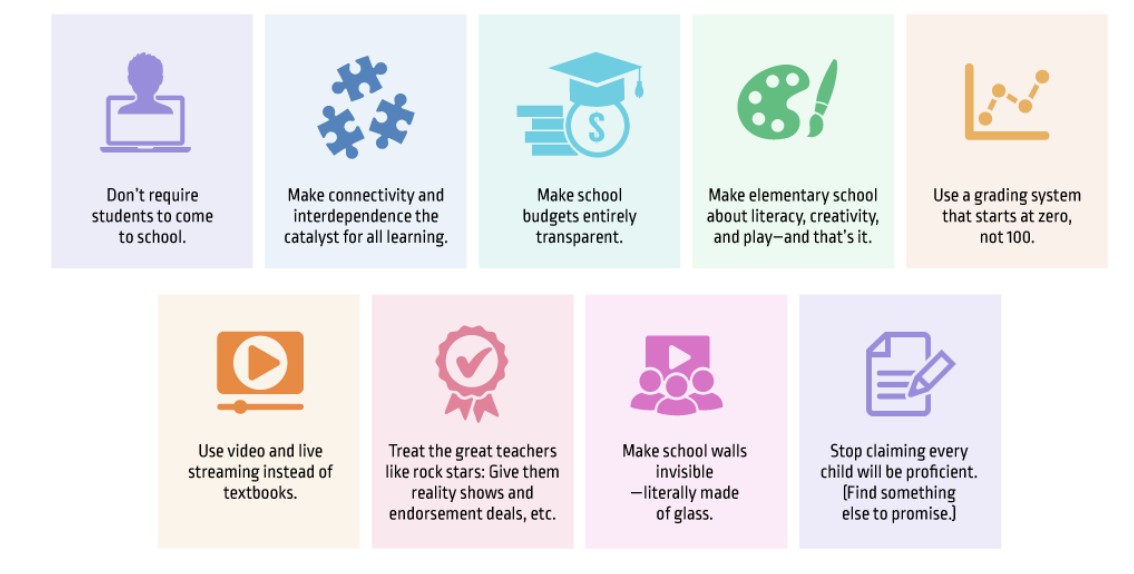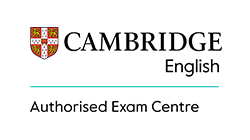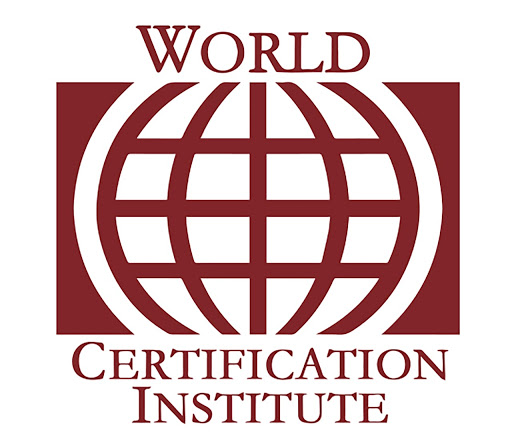A school that prioritizes conventional values and abilities like rote memorization, standardized testing, and stringent discipline gets its students disinterested and bored. However, when school administration invests in professional development for teachers, includes parents in the educational process, and uses contemporary learning practices to convert the school into a cutting-edge learning environment, successful graduates and more involved students were the results this. Here is how any school may change and use contemporary teaching methods by taking these 8 easy steps.
8 Principles Of Modern School Transformation

Here are 8 simple steps to make your traditional school ready for modern learning practices:
1. Implement Personalised Learning
Undoubtedly, Personalized Learning may revolutionize an educational institution and better align it with contemporary pedagogies. Personalized learning is an educational technique that customizes the curriculum to meet each student's individual requirements, interests, and skill level.
It enables educators to fully comprehend the distinct strengths, shortcomings, and learning preferences of every student and modify their lesson plans appropriately. This might improve engagement and comprehension of the subject matter for children who would find it difficult to learn using traditional approaches.
Do you follow us on Social Media? We regularly share upgraded educational content, tips, feedback, and more. Check us out by clicking the profiles here – Facebook / Twitter / LinkedIn / Pinterest / Instagram / YouTube
2. Create A Flexible Learning Environment
It is true that a school may be transformed and made more suited for contemporary learning methods by establishing a flexible learning environment. A flexible learning environment fosters creativity and teamwork, accommodates a range of teaching and learning pedagogies, and can change to meet evolving requirements.
Transitioning from a typical teacher-centered approach to a student-centered one can be facilitated by a flexible learning environment. It enables various teaching and learning approaches that are tailored to the requirements and interests of every learner.
3. Project Based Learning
PBL is an instructional approach that prioritizes student-centered, active learning via the accomplishment of practical tasks or challenges. With project-based learning, students take charge of their education. They may ask questions, work with others, and actively interact with the content.
Higher levels of student motivation and engagement can result from this strategy, which will improve learning results. Students must also be able to think critically, evaluate data, and make defensible conclusions. These are necessary competencies for success in the workforce of the twenty-first century when creativity and problem-solving are highly prized.
4. Use Technology
Students now have fast access to global knowledge because of technology. This can enhance their comprehension of the material and broaden their knowledge outside of the conventional classroom. Furthermore, technology is a necessary component of contemporary life and employment. Through the use of technology in the classroom, students may gain digital literacy skills that will be extremely useful in the workplace of the future.
Technology also makes it possible to create customized learning programs that are suited to the unique requirements and skills of every learner. Learning adaptive systems may change to match the speed and comprehension level of each student, ensuring they are pushed but not overwhelmed.
5. Foster Innovative Teaching And Learning
By allowing students to experiment with new concepts and modes of expression, innovative teaching and learning may foster creativity in the classroom. This may encourage a desire for learning and a love of learning.
Additionally, encouraging students to dispute presumptions, pose questions, and conduct information analysis, may highlight critical thinking. By doing this, they may improve their ability to solve problems and get ready for the difficult problems that face the modern world.
6. Offer Professional Development For Teachers
Providing professional development for educators is one of the most effective ways to change schools and adapt them to the needs of contemporary teaching and learning methods. Teachers can benefit from professional development by staying current on the newest methods, tools, and research in their sector.
This can assist them in giving their pupils the most up-to-date and efficient training possible. Additionally, it can provide instructors with chances for development and promotion, including leadership positions and in-depth instruction in particular fields. Teachers may remain motivated and involved in their profession as a result of this.
7. Provide A Collaborative Growth Environment
Together, students and instructors may solve issues, exchange ideas, and assist one another in their learning in a collaborative environment that fosters collaboration. Additionally, imparting valuable skills like adaptation, problem-solving, communication, and cooperation, may help kids get ready for the future.
These abilities will come in very handy in the contemporary workplace, where creativity and teamwork are highly regarded.
8. Involve Parents
Including parental involvement in their child's education has been demonstrated to improve student success and well-being. Additionally, it may improve communication between families and the school, assisting in making sure that everyone is aware of and engaged in the educational process.
Involving parents may also promote cooperation between the community and the school, facilitating the exchange of resources, knowledge, and assistance.
Transform Your School For Better Learning Outcomes
Any school that wants to be transformed to accommodate contemporary learning methods needs to adopt a holistic strategy including a range of stakeholders, such as parents, students, instructors, administrators, and the larger community. The previously covered topics offer schools a road map for modernizing and innovating. Additionally, if you want to become a principal and take your school on a transformational journey, then a Master of Arts in Education with Leadership and Administration course will help you attain your objectives.
We believe education should be accessible for everyone. That’s why we don’t charge for our blogs. Find the right course that will help you in your career with us, contact us at - 1800–212–6400. You can mail us at act@asiancollegeofteachers.com









